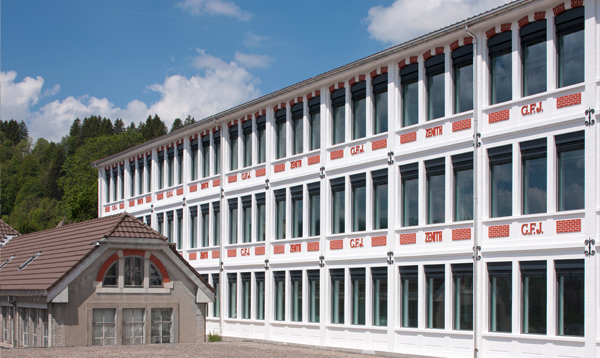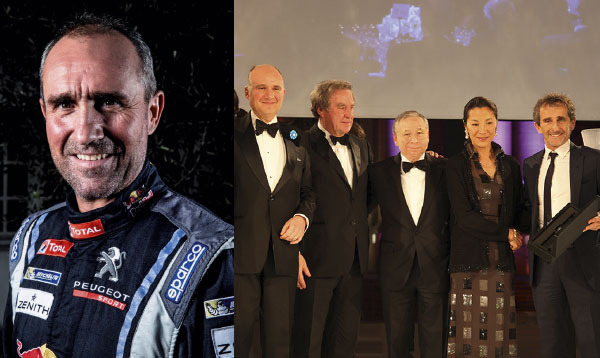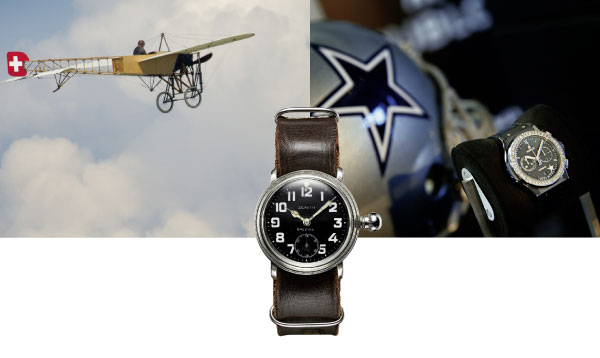
Opting for a local touch, the brand entrusted this project to architect Youri Jubin. The latter chose to keep the red bricks of the façade which are strongly symbolic of the early 20th century. Likewise, the 400 original square window faces have been entirely restored, now combining triple glazing with a jealously safeguarded historical character. Another symbol of the industrial era, the metallic structure has been carefully preserved, while applying the most modern and ecologic construction norms, such as thermal insulation and controlled air conditioning and air humidity. The interior design has been entirely rethought in order to improve the logistic flow between the ten or so production workshops grouped within the building: machining, stamping, decoration, controls, assembly, adjustment, casing up and Haute Horlogerie. Among the 350 employees of the brand, 270 work in le Locle, of whom 200 in production.
The Zenith founder Georges Favre-jacot had already developed the concepts of automation and part interchangeability, as a back-up to manual finishing and decoration, thereby heralding the advent of modern artisanal industry. During the past century and a half, the work of Georges Favre-Jacot and his successors has been crowned by more than 300 patents and 600 movement variations, along with 2,333 prizes in the field of precision timing.





